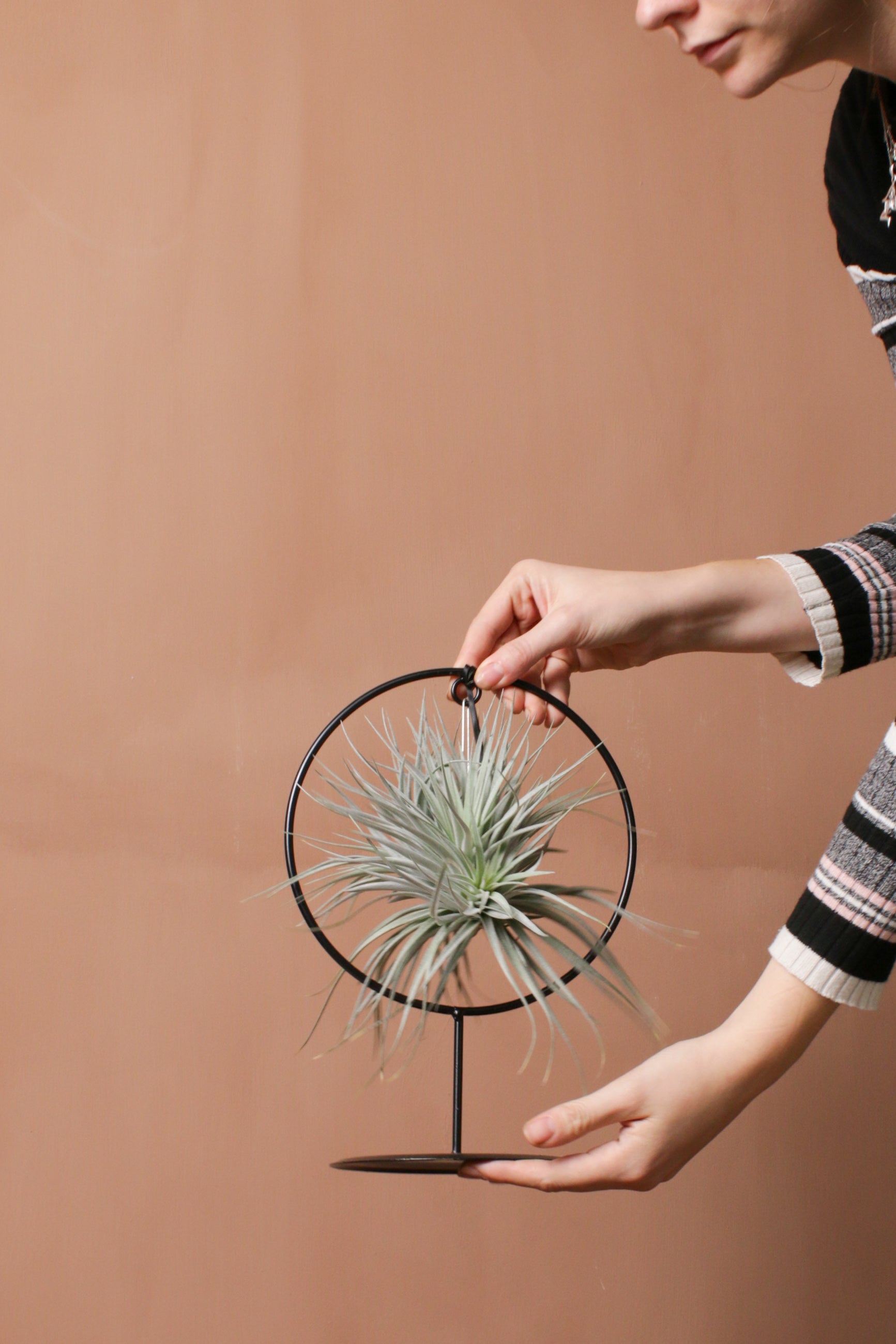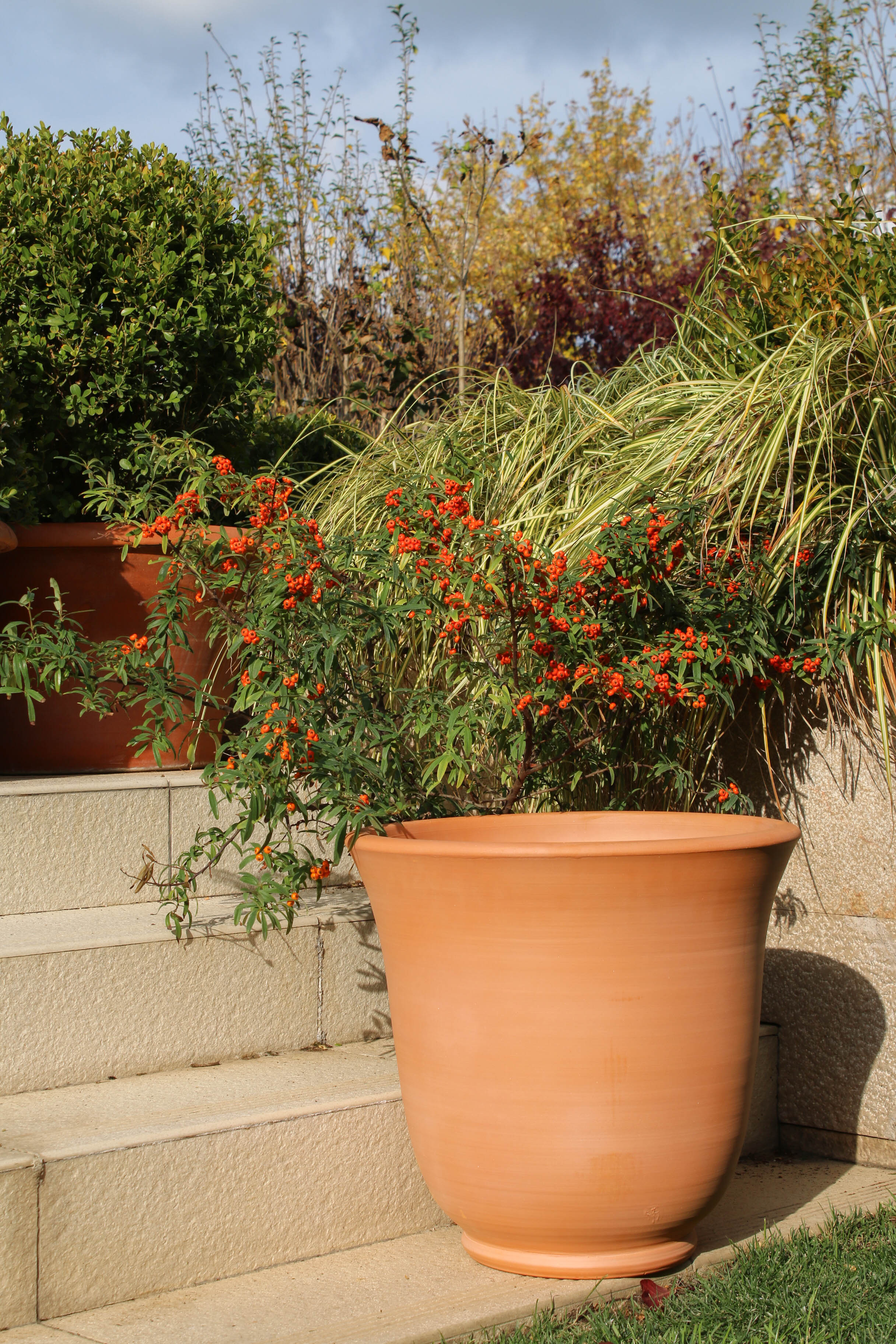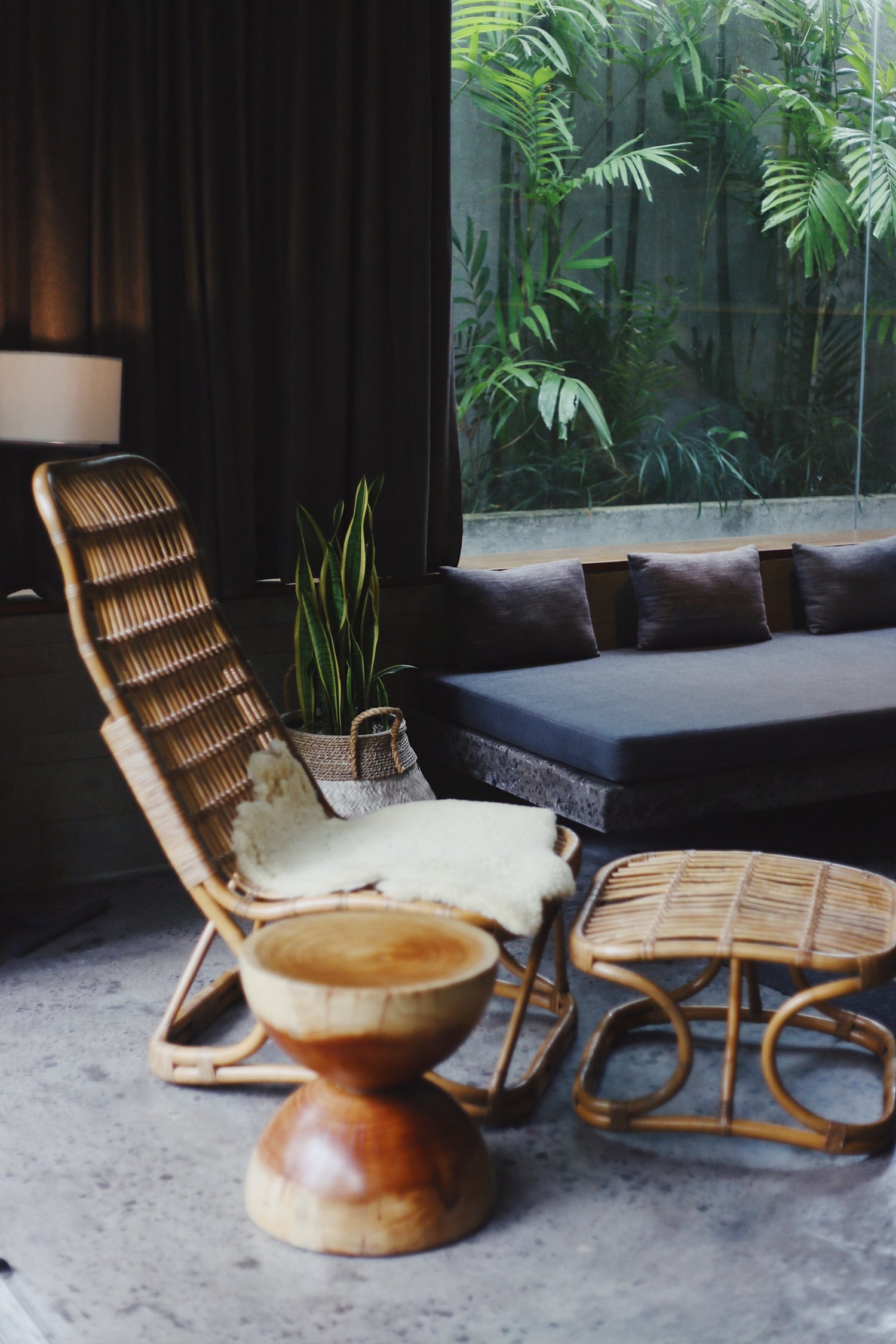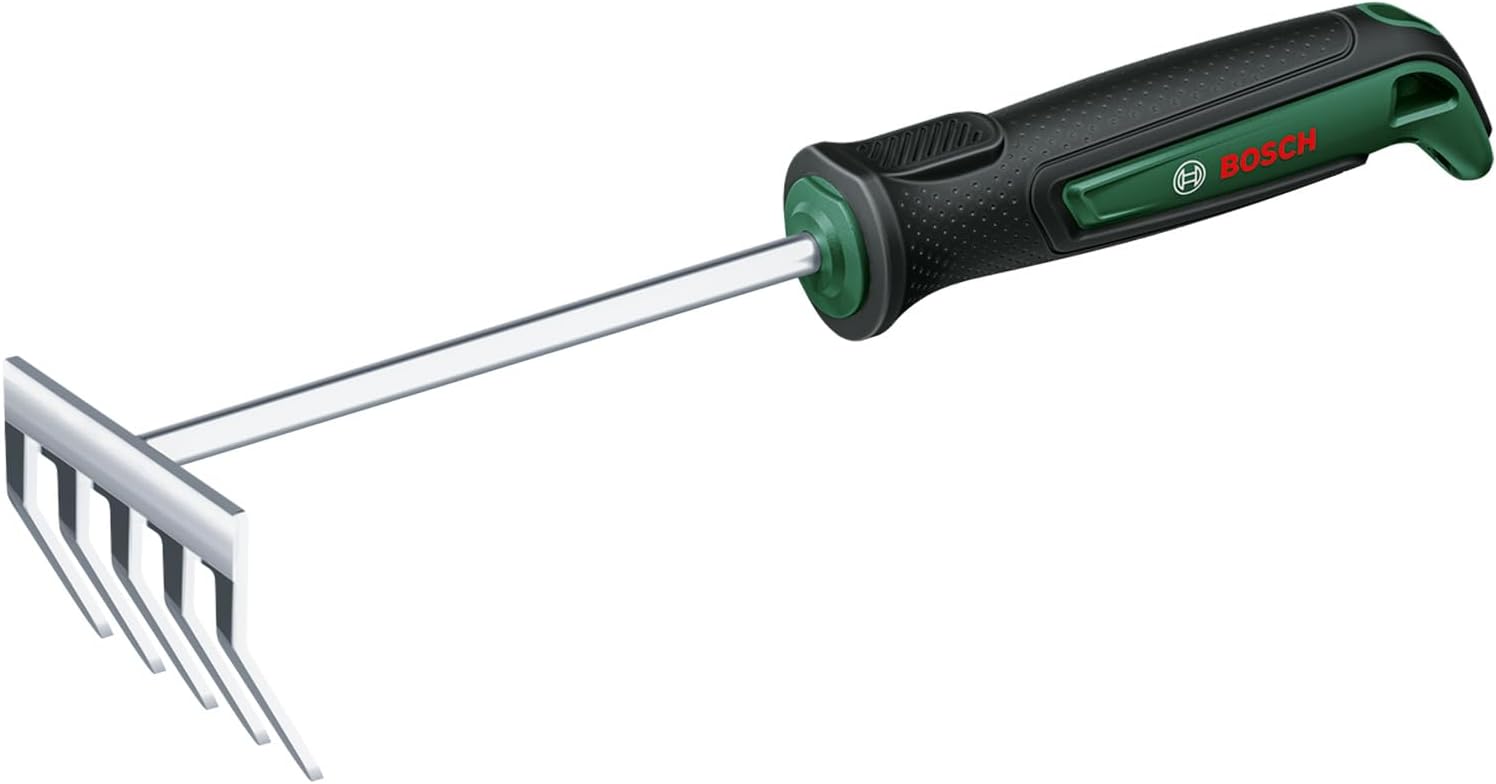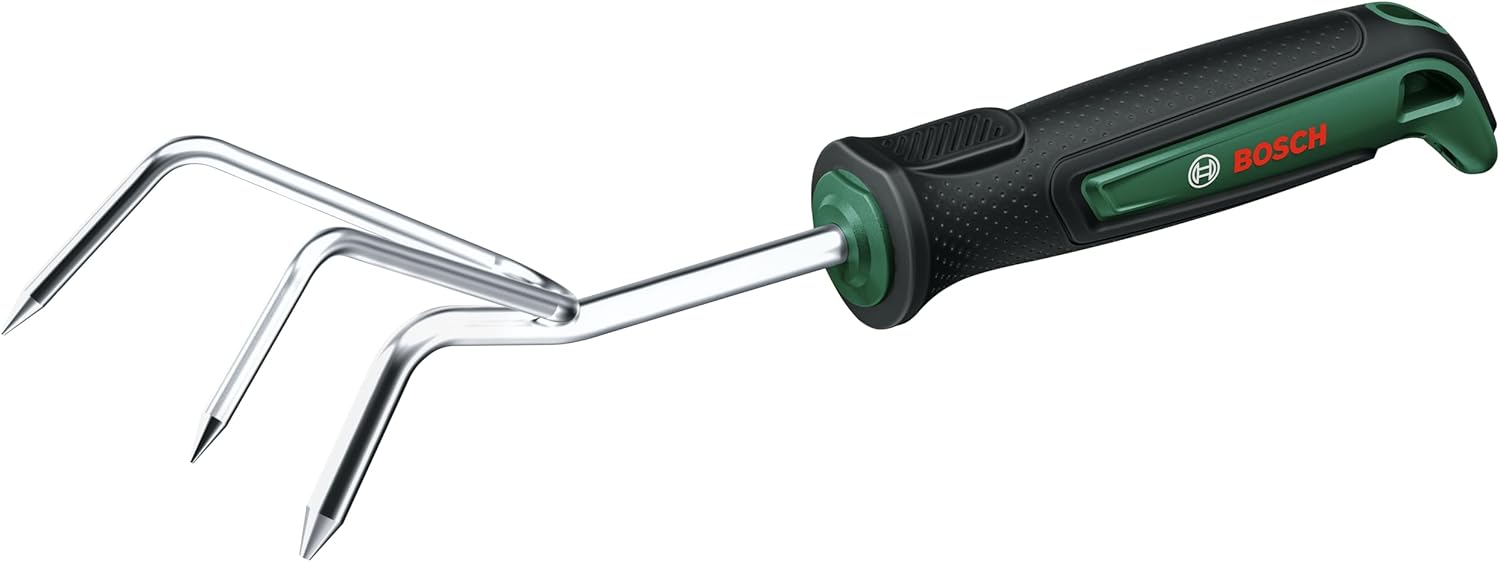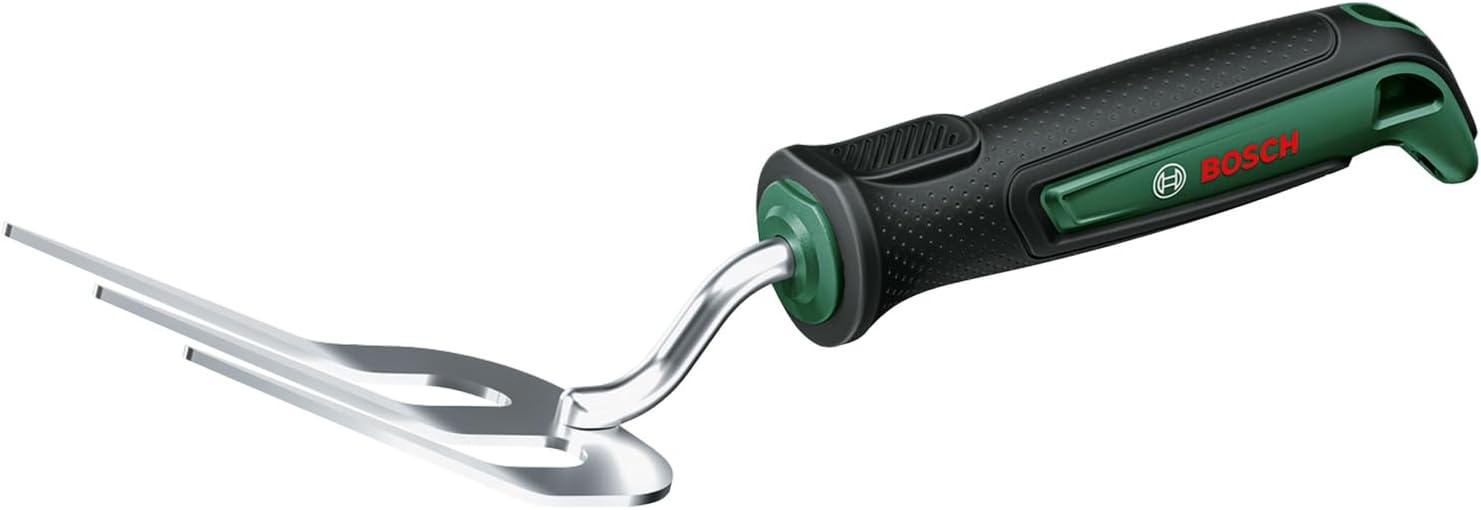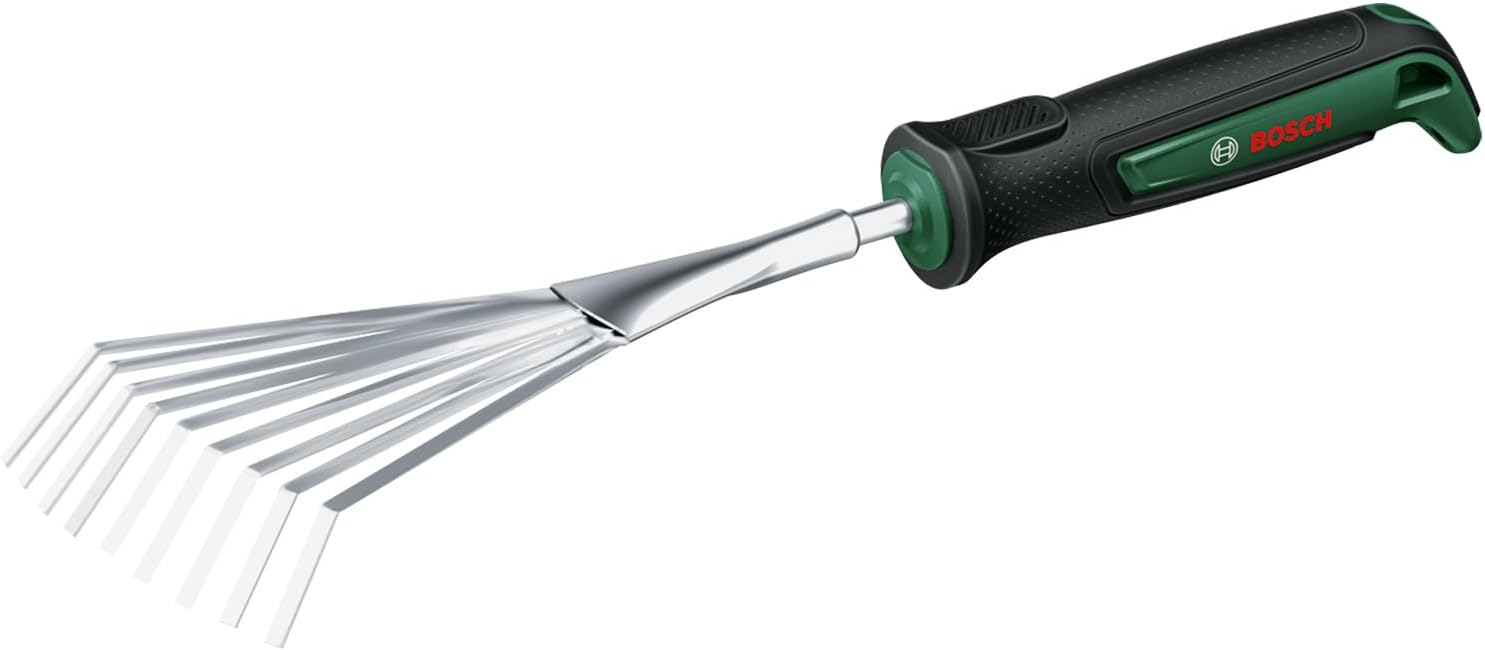
- Choose your plant according to the light of your room
When choosing your plant, the light level where you will put it can be the most important factor when making your decision. Knowing which side your window is on will make it easier for you. The south façade receives more vivid/bright light, the east and west façades receive medium levels, and the north façade windows receive less light. Houseplants generally prefer non-direct bright/bright light. If the light coming in through your window is too intense, you can help refract the light with the help of curtains. Some cactus and succulent varieties prefer direct light and you can find the right place with a little research beforehand. Rather than exposing your plant to too much or too little light, it is best to provide it with the light it needs.
- Decide how compatible you are with your plant
Having a busy work schedule, having an active social life and spending less time at home does not mean that you cannot have a plant. Some plants can adapt to this lifestyle. ZZ Plant, Pasha Sword species, pothos ivy species that require low maintenance and can keep up with the amount of light may be suitable for you. When you return from a business trip or come home after a busy weekend, your plants will welcome you home safely. Also, if you miss the watering day, you won't have a problem.
- Make do with less
Watering your plants in the right amount is perhaps the most important element for their healthy life. Instead of watering your plant too much, you can choose to water less until you find the right watering. Overwatering can cause the roots of the plant to rot and your plant to die. Check the clump with your finger before watering your plant. If you feel moisture in your hand after dipping your finger into the soil for a few cm and the soil is sticking to your finger, your plant does not need watering.
Your plant's water needs will vary according to the season. Your plant will need less water in the winter when the air temperatures are lower and the daylight is shorter. In summer, however, your plant will need to be watered more often as it grows faster and the soil will dry out faster due to the heat.
Using warm (room temperature) water during irrigation will allow the soil to absorb water better. In addition, since plants absorb water from their roots, you need to pour the water directly into the soil. The only exception to this is air plants. These plants absorb water from their leaves.

- Increase the humidity of the room
Humidity is very important, especially for plants grown in tropical environments. Using a humidifier in dry winter months will be very beneficial for both your plants and your health. If you do not want to make an investment such as a humidifier, you can spray your plants with water 1-2 times a week with the help of a sprayer.
- Continuity
Stability is very important for the health of your plants. You should be careful not to change the location of your plants as much as possible. Relocations can stress your plants. We also recommend that you avoid extreme temperature changes. The temperature being 18-24 degrees will provide the ideal environment for your plants. Also, keep your plants away from places that will expose them to extreme heat, such as air conditioners and heater cores.
- No need to rush to fertilize
Indoor plants need less fertilizer than outdoor plants. As with irrigation, excessive fertilizer can cause undesirable results. If you have decided to fertilize, we recommend that you do this at the beginning of spring and if your plant has been with you for at least 1 year. If you have changed the soil of your plant, you can skip the fertilization process. Fresh soil already contains the nutrients your plant needs.
- Buy your plants from trusted places
When purchasing your plants, it is very important for the health of both you buy and your plants at home to buy from reliable sources. Make sure that there are experts you can consult about your plants in the places you buy them. People who know about plants and love them will share their experiences with you and share more information with you. As Jungleous, you can always contact us for questions about your plants via live chat on our website, instagram or email info@jungleous.com .
Also, avoid chain stores and non-light shopping malls when buying plants. When buying your plant, you should definitely see yellowing of its leaves, weakness in its general form, insects, etc. We recommend that you check whether

- Take care of your plants
Show interest in your plant and monitor it for its needs. Even if they can't talk to us, you can understand their wishes by observing them. Although there are general truths about care, each plant may have different requirements and this may vary depending on the environment. By observing whether your plant receives enough light, the temperature of its location and its water needs, you can create the ideal environment for it over time.
- Don't be afraid to make a pot/soil change
Plants grown in plastic growing pots must be replaced after a while. As Jungleous, when we send our plants to you, we replace the plants in the growing pot with the appropriate size pot, plant them with a new soil mixture and send them to you.
When changing the pot, you should choose a pot a few cm larger than the existing pot. The main reason for this is that your plant is exposed to much more water than it would need in a larger pot. Overwatering will damage your plant.
The main reason for soil change is that the nutrients needed by your plant decrease in the soil it is in over time and the roots begin to get compressed. A fresh soil will provide it with the nutrients it needs and help it grow. You can change the pot and soil in the spring once every 1-2 years.
- Let the axle go
Whether your plant is in a perforated or non-perforated pot, or in a concrete, ceramic, or terracotta pot, you should avoid over-watering. When planting your plant, especially in pots without holes, drainage will be your biggest help in preventing excessive watering. By placing pumice stone or pebbles at the bottom of the pots, you will help the unwanted water drain away and prevent the roots from being damaged. If you are using a perforated pot, let the excess water drain out of the hole. Your plant should never sit in water.
We would like to thank The Sill team for helping us with the idea in this blog post. You can reach the English blog post similar to our article from this link:
https://www.thesill.com/blogs/the-basics/top-ten-plant-care-tips


